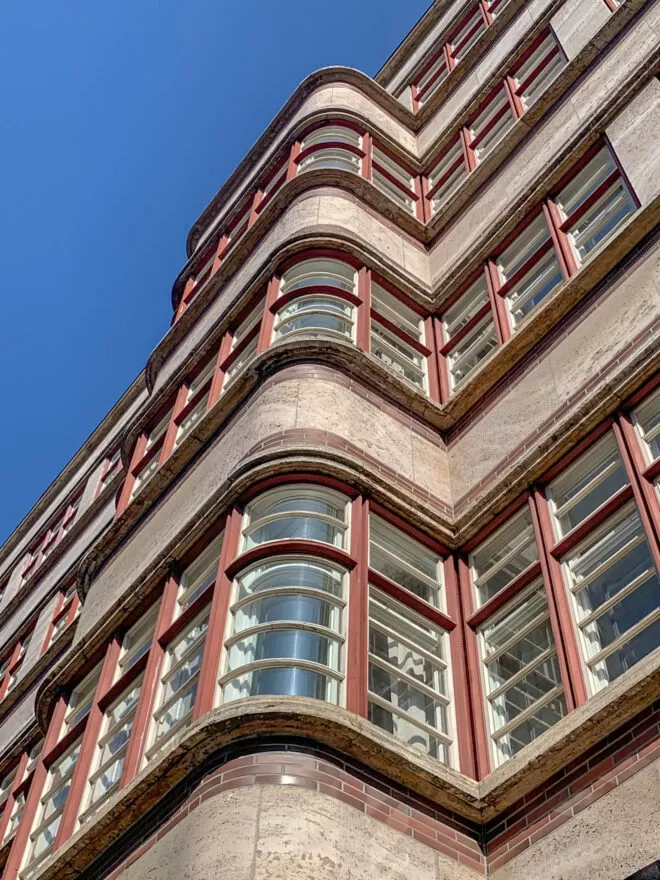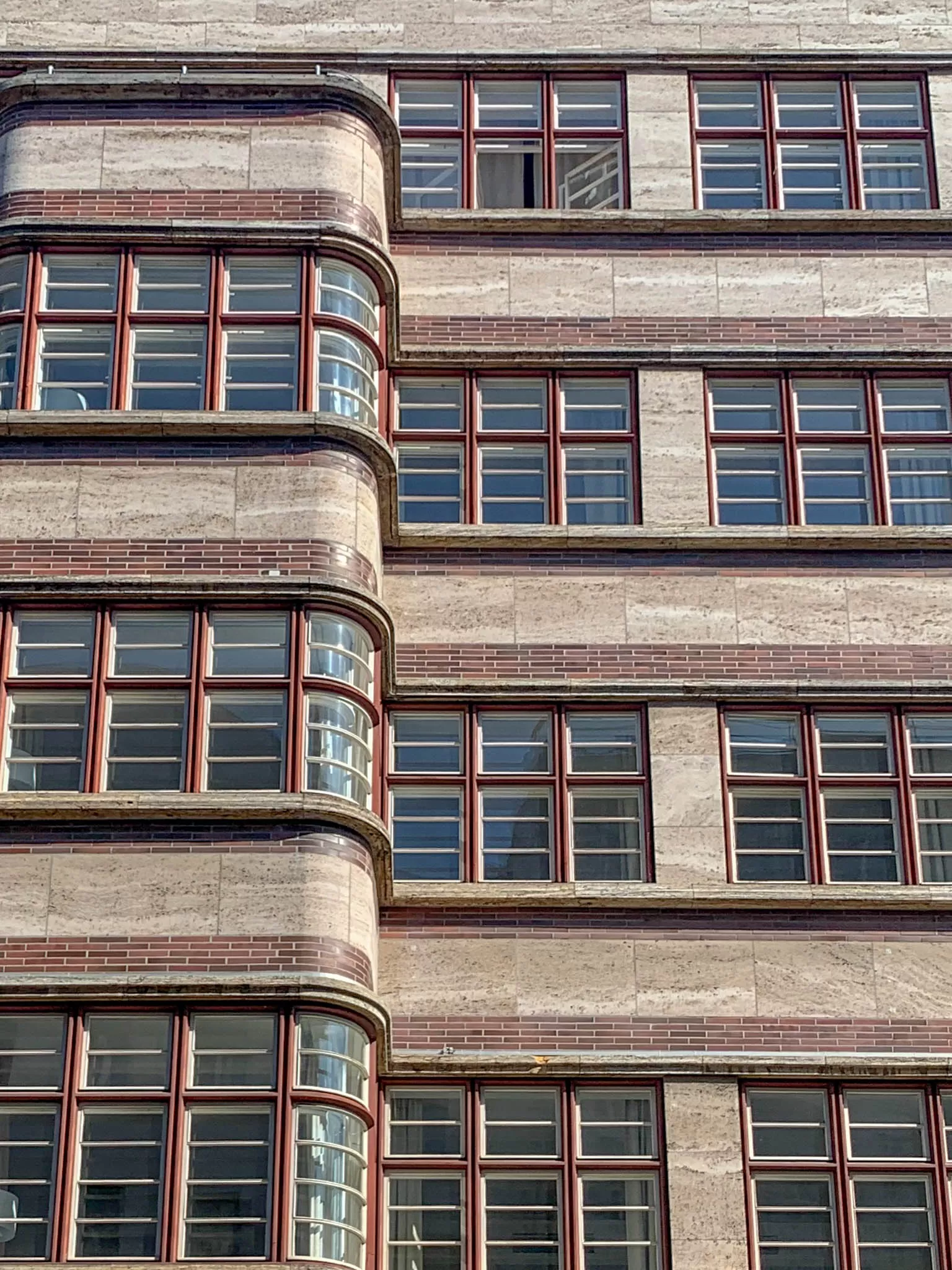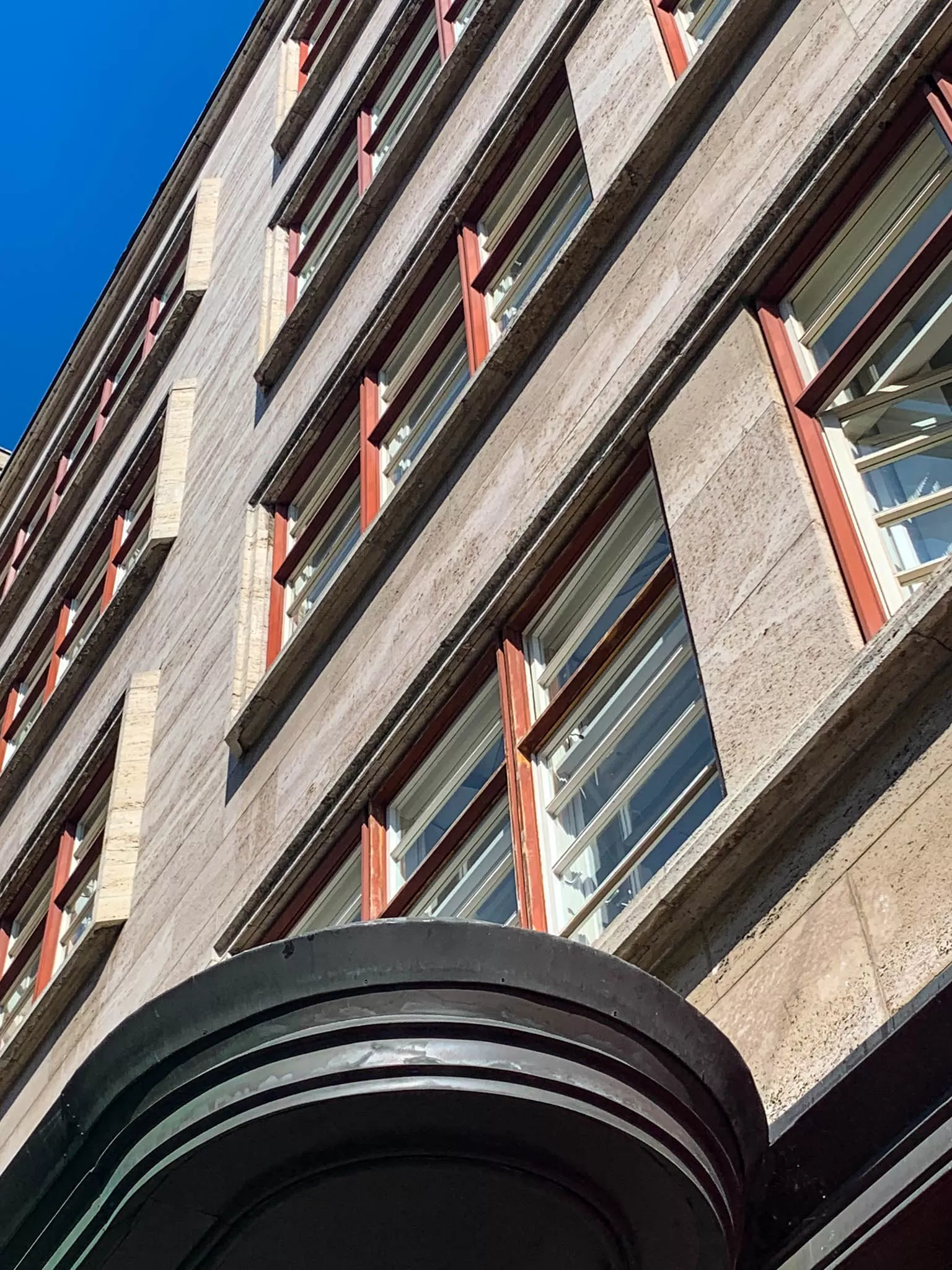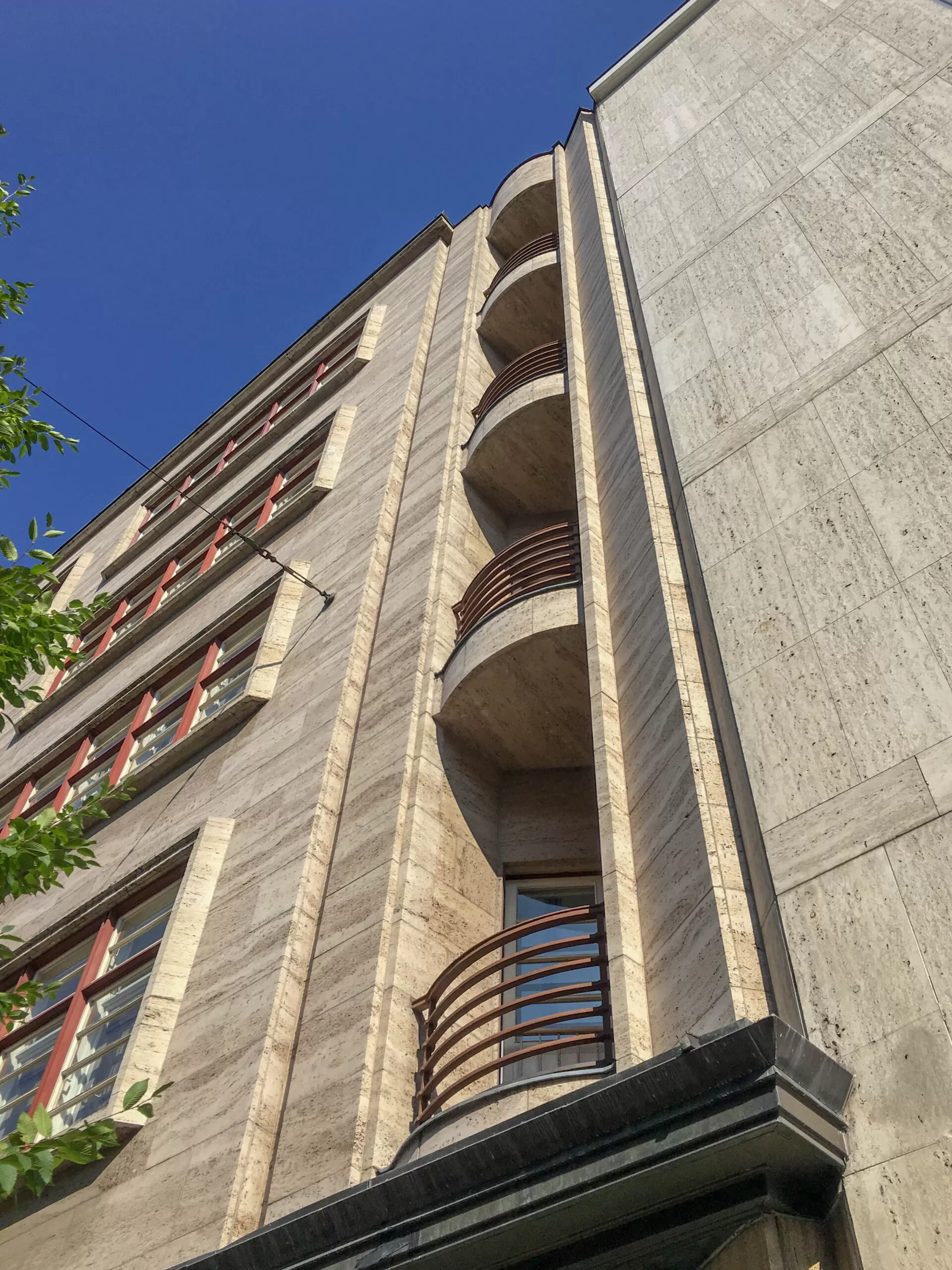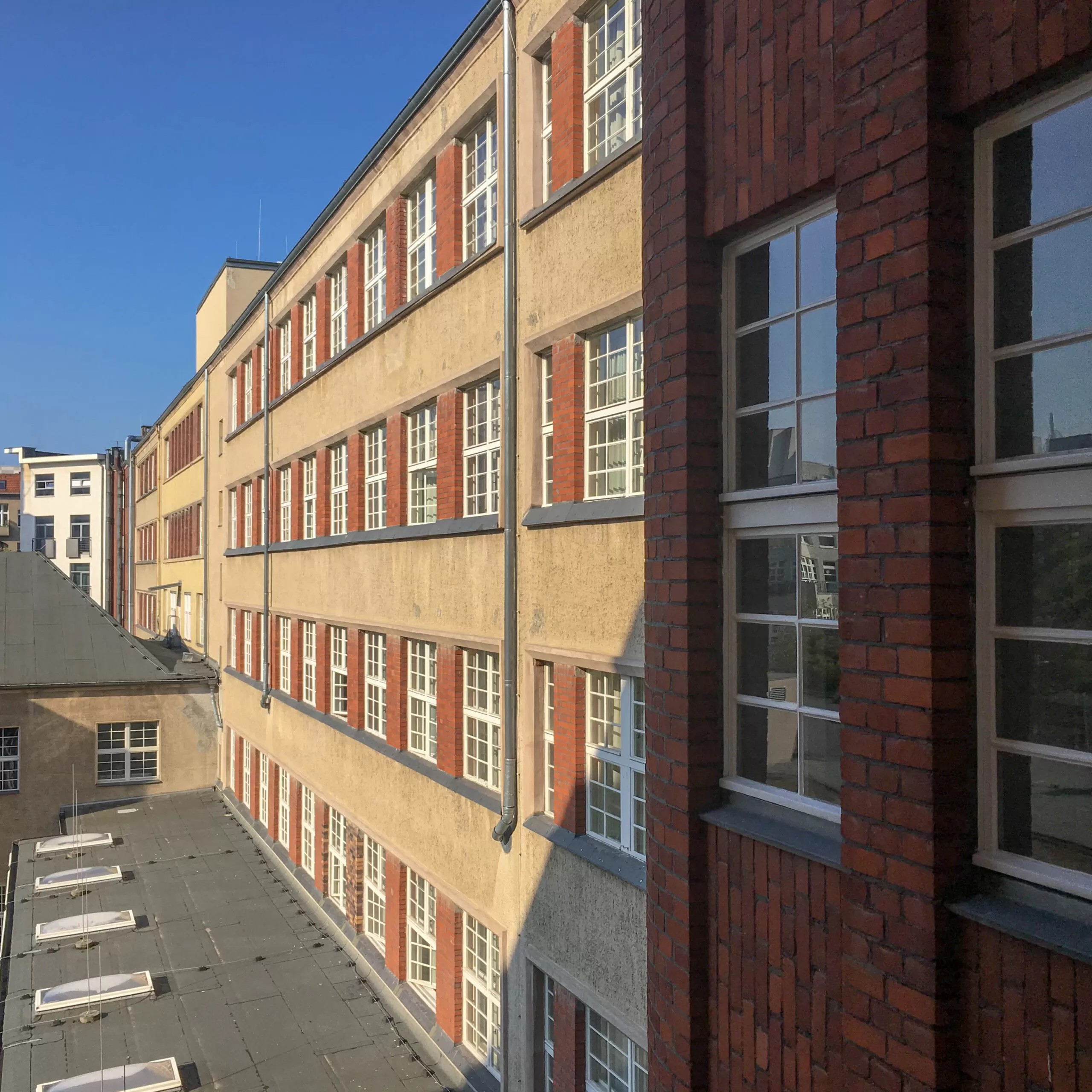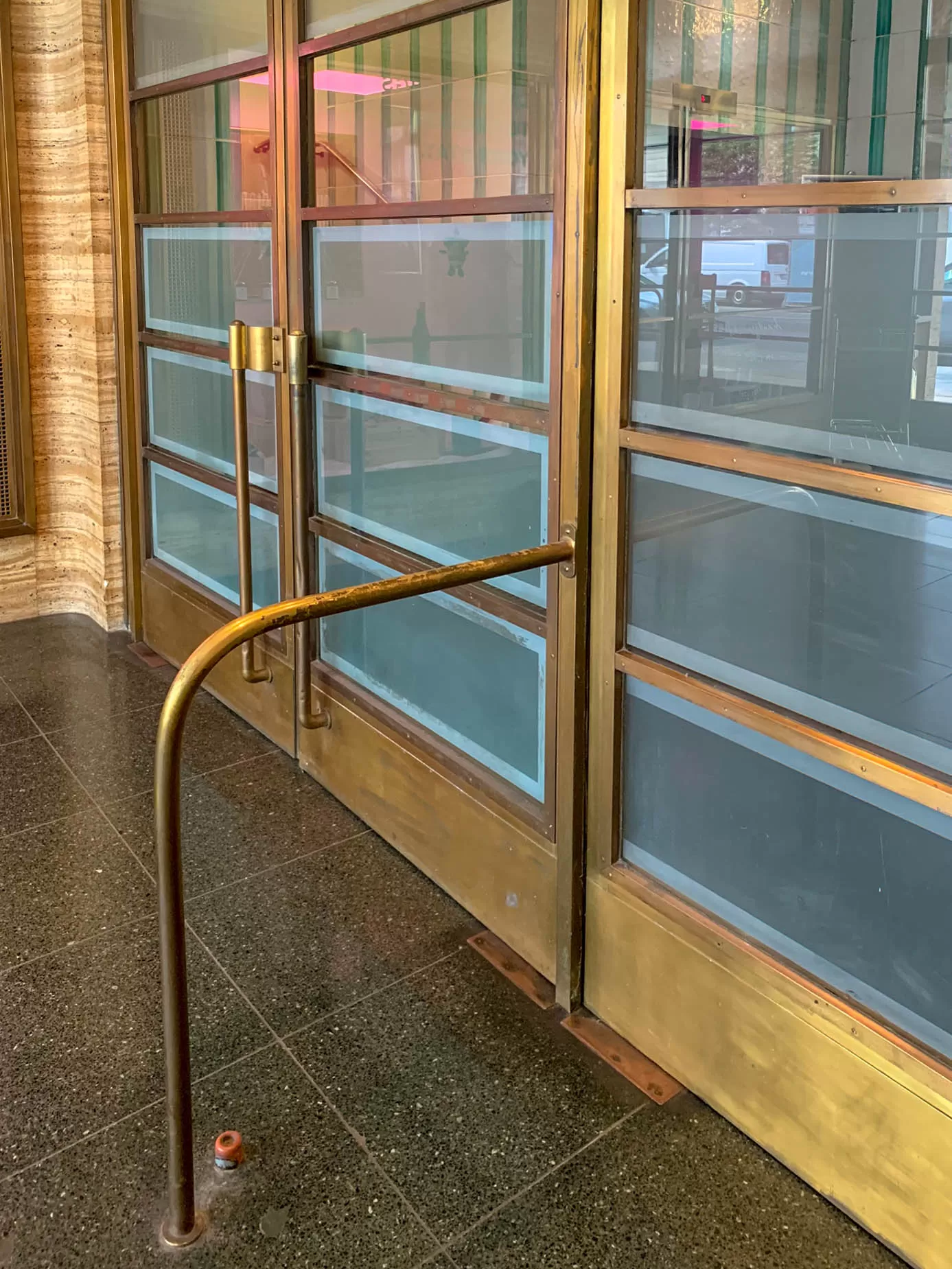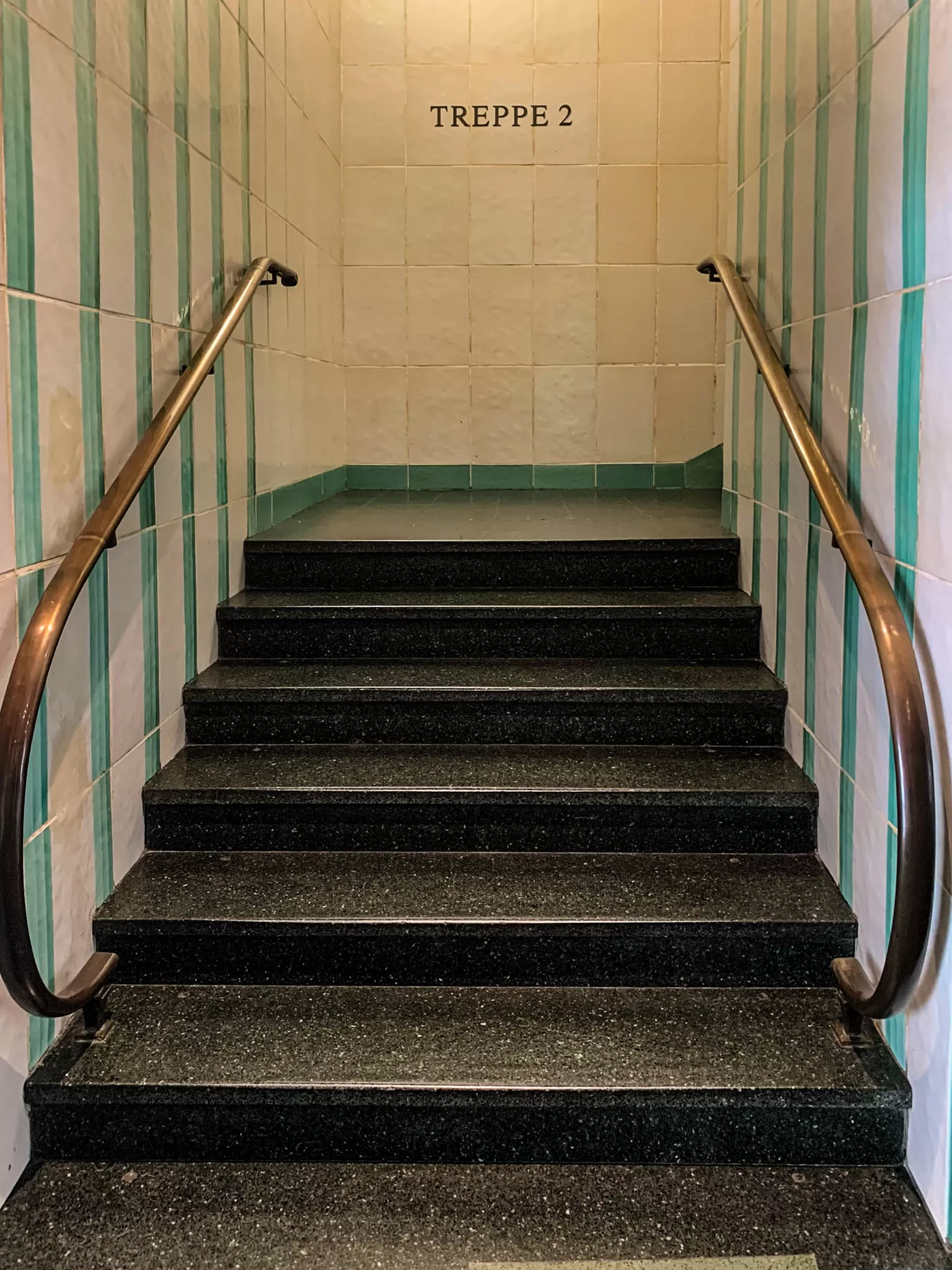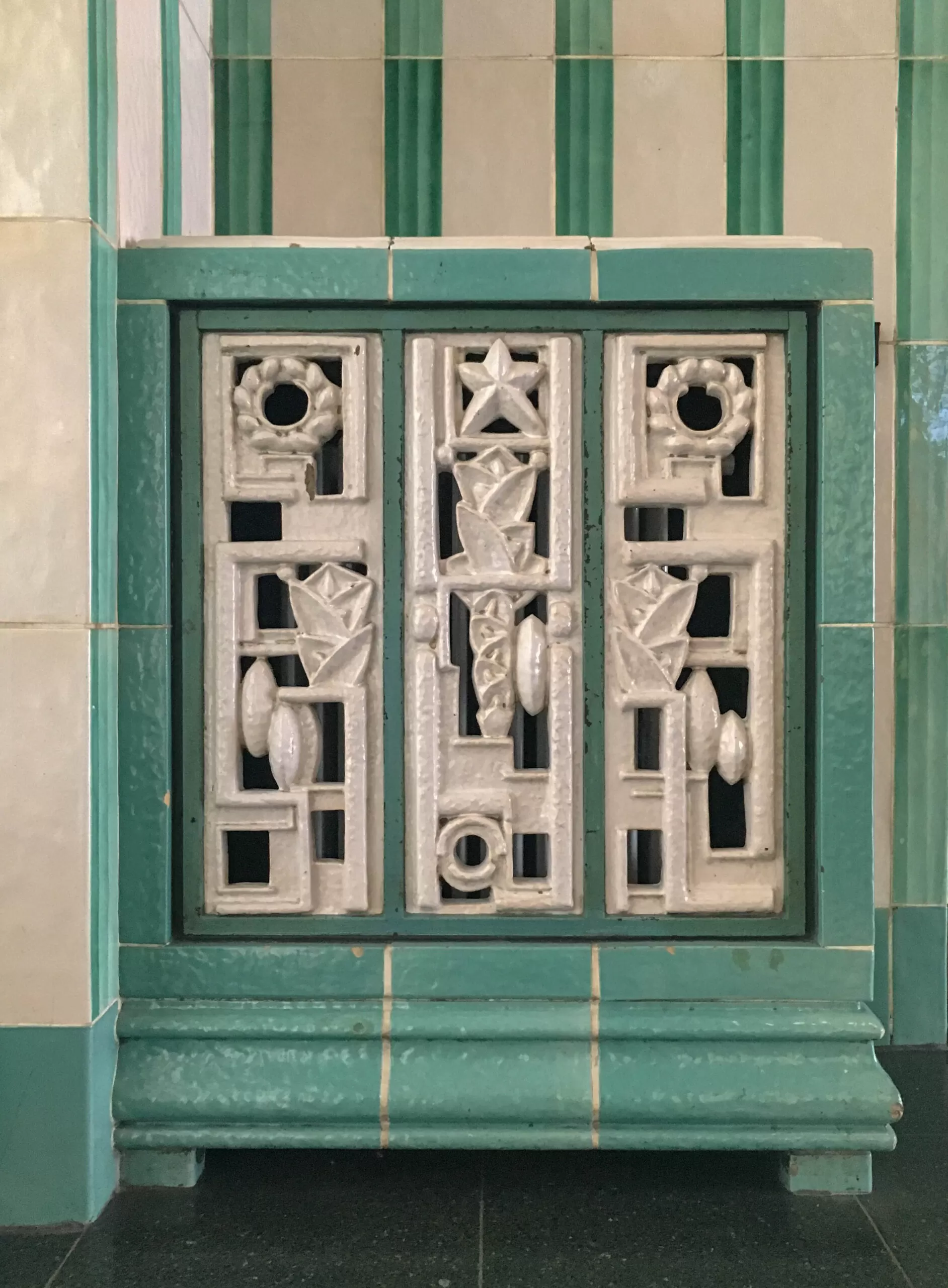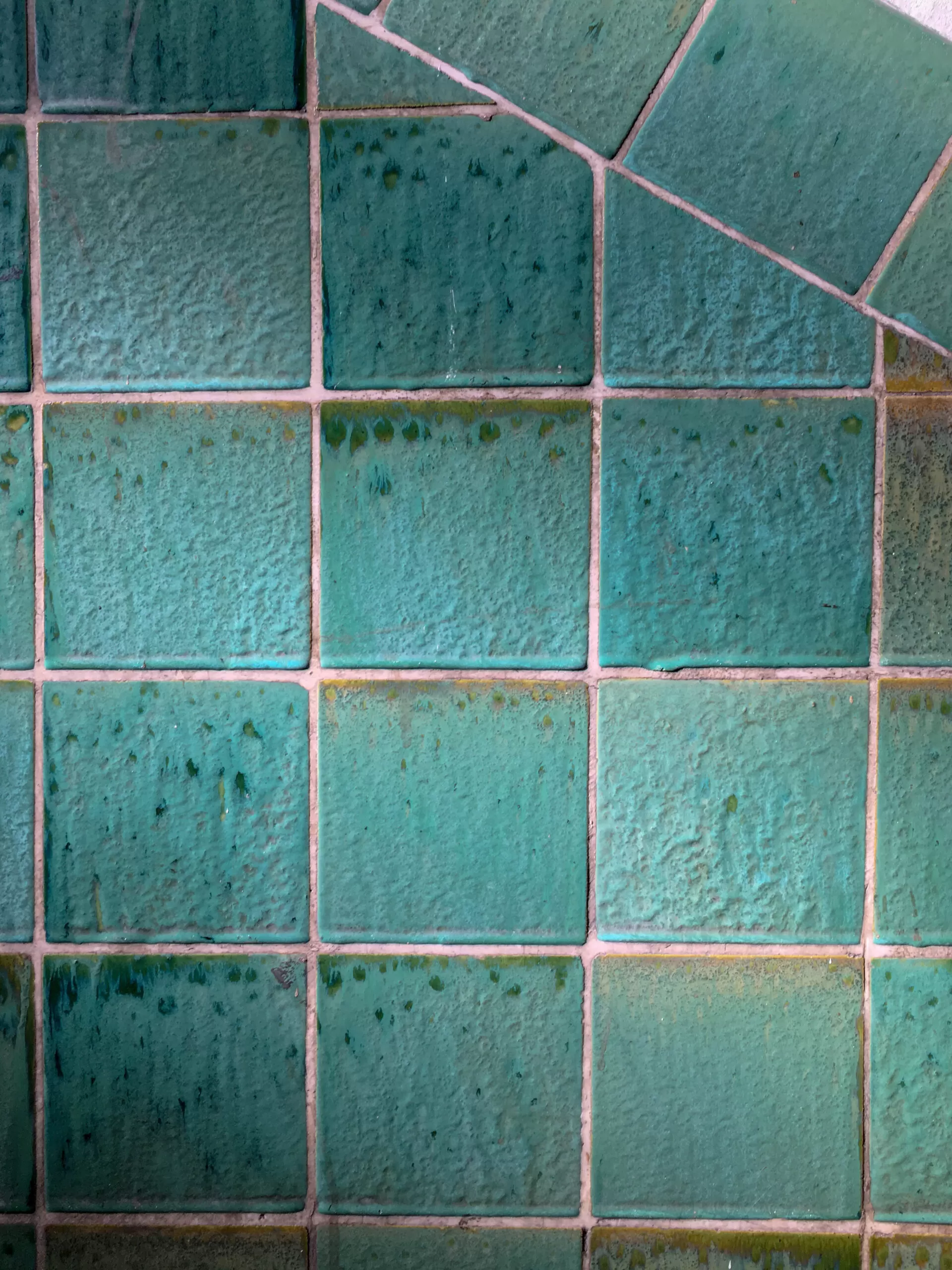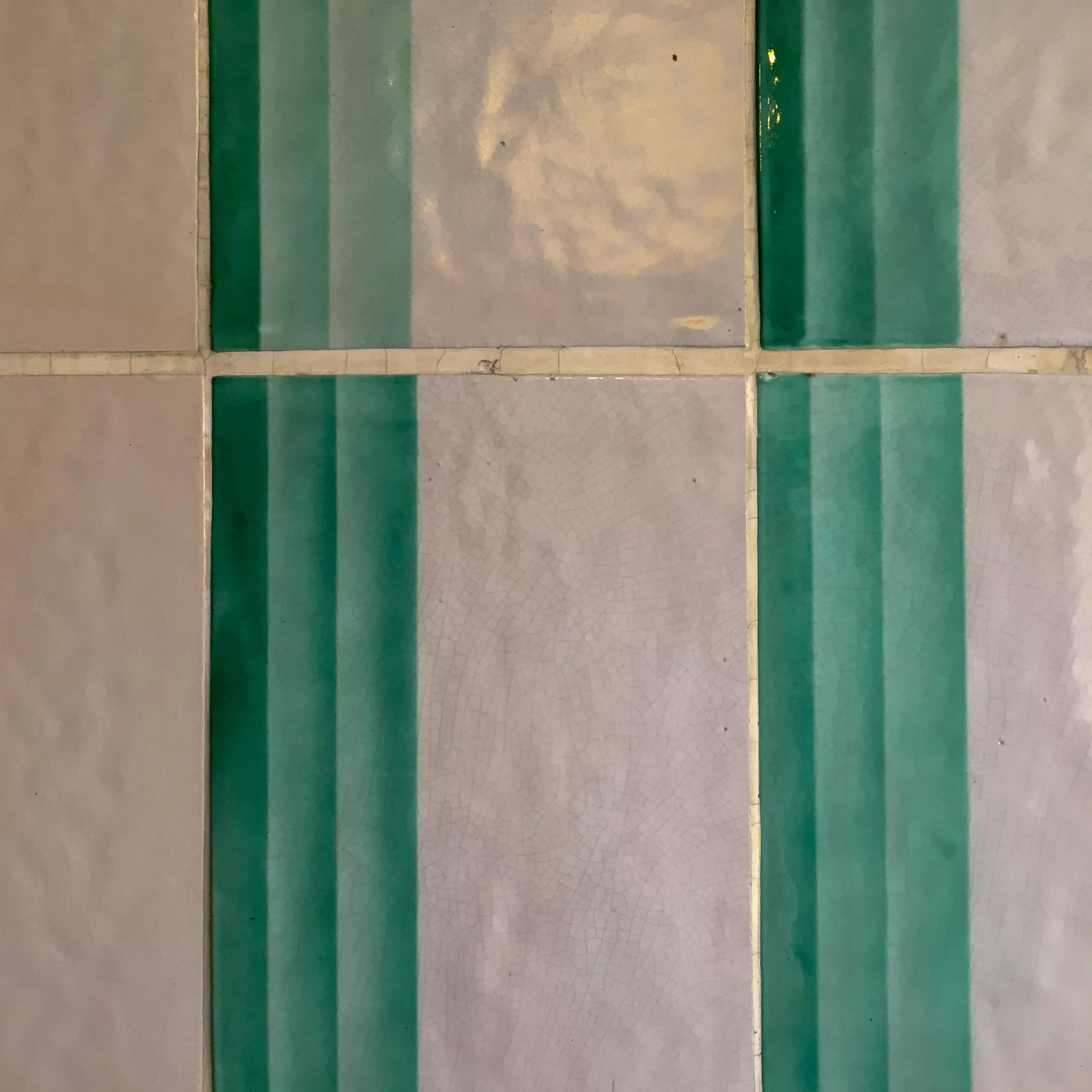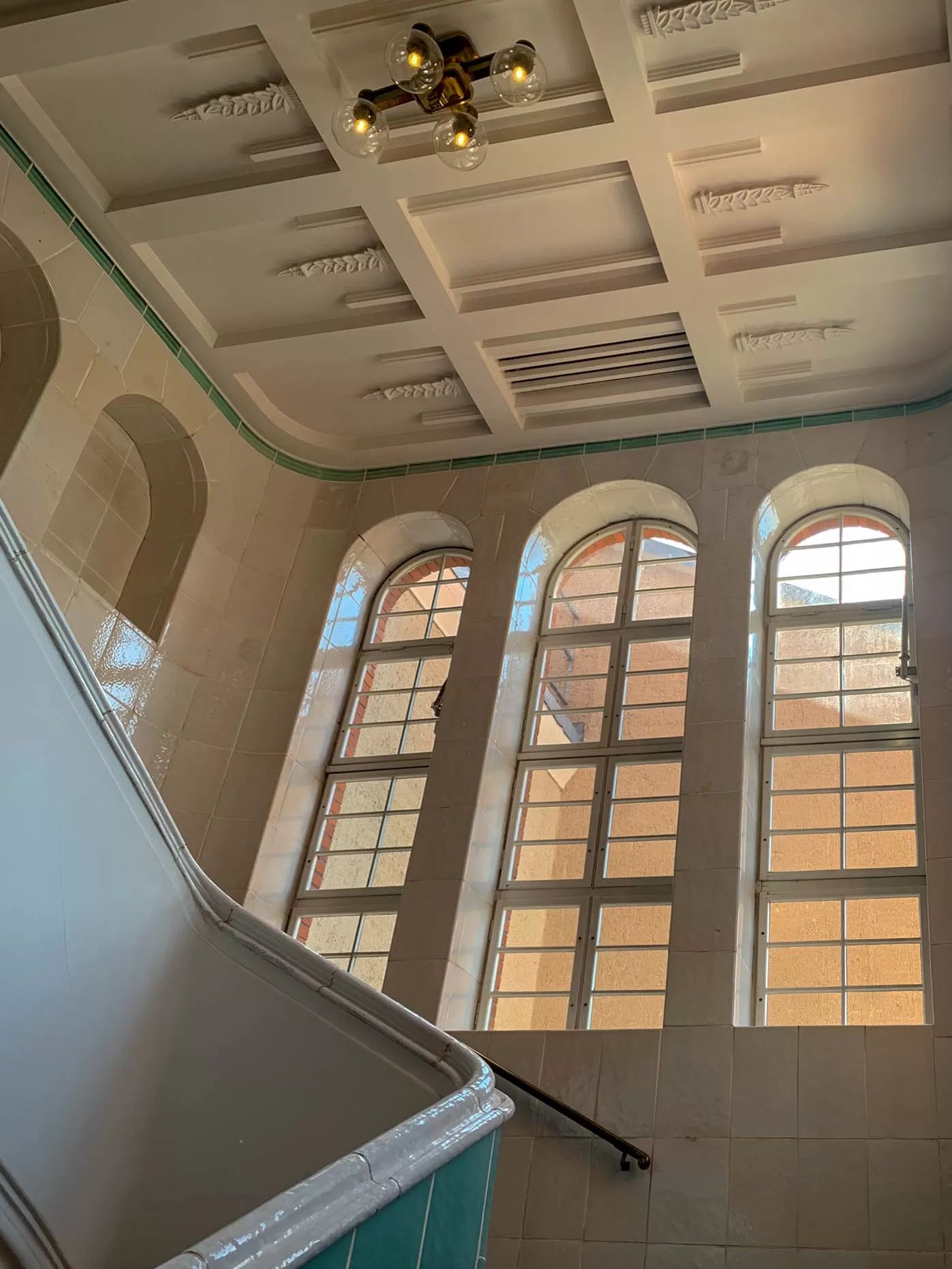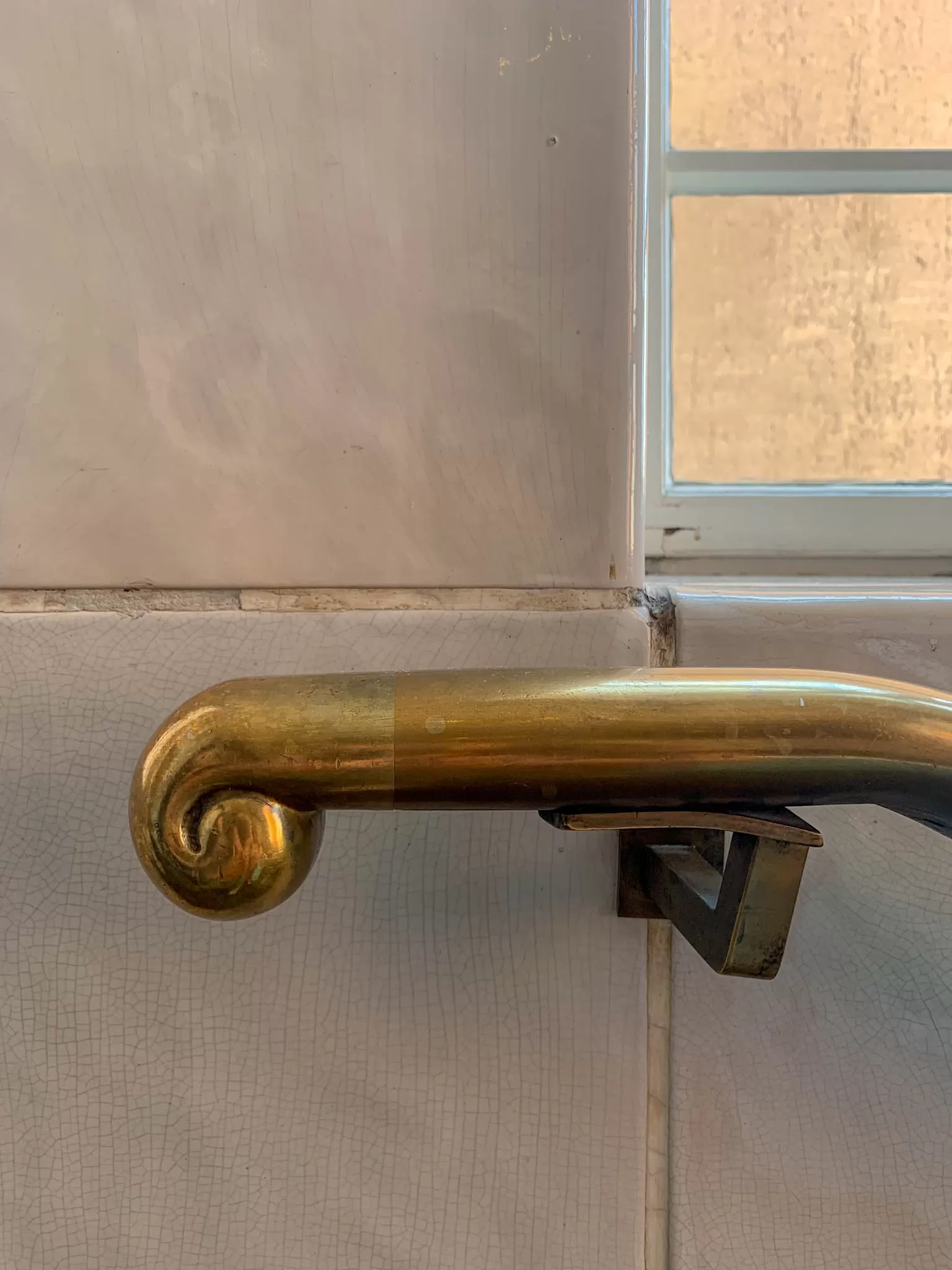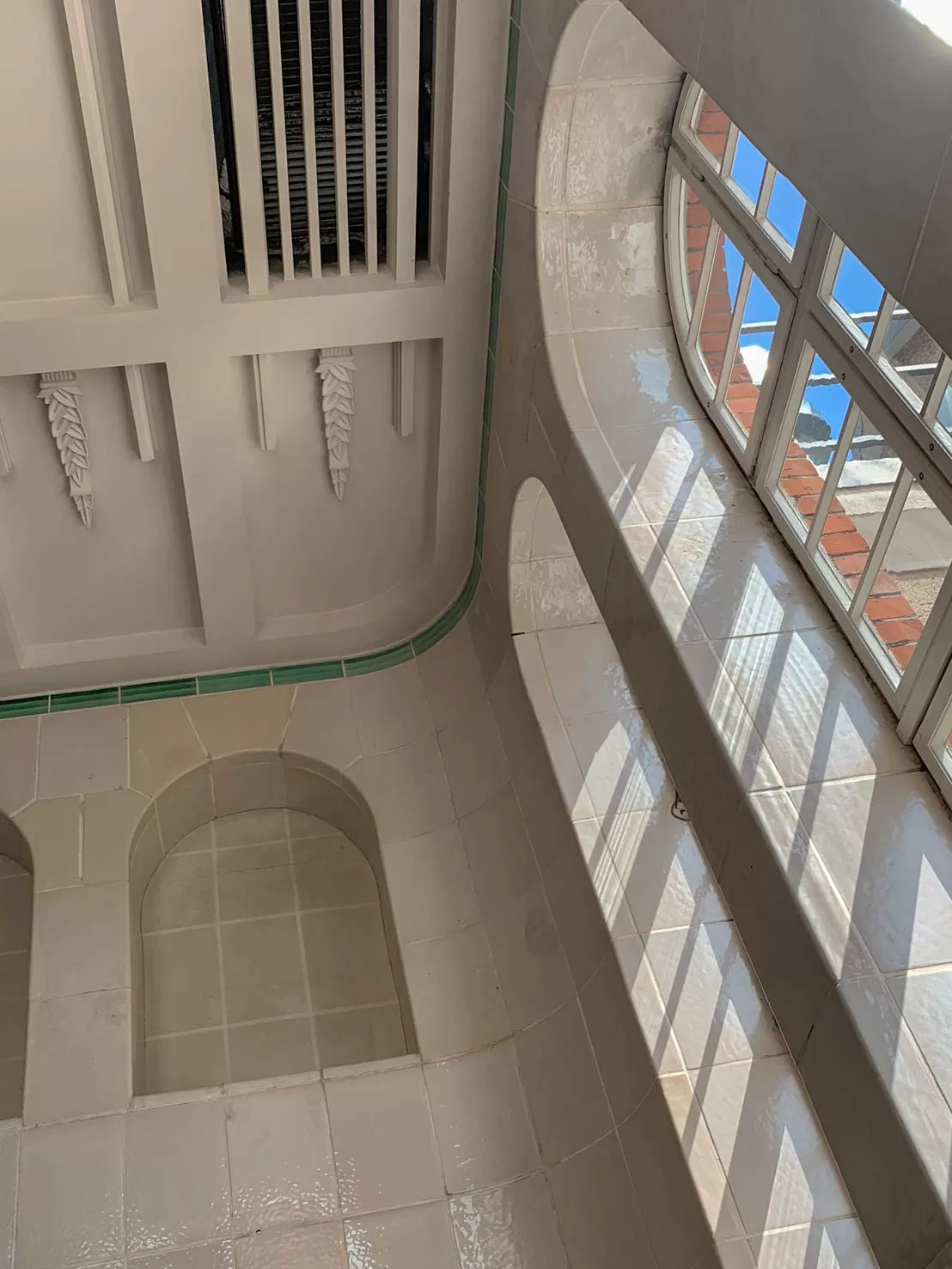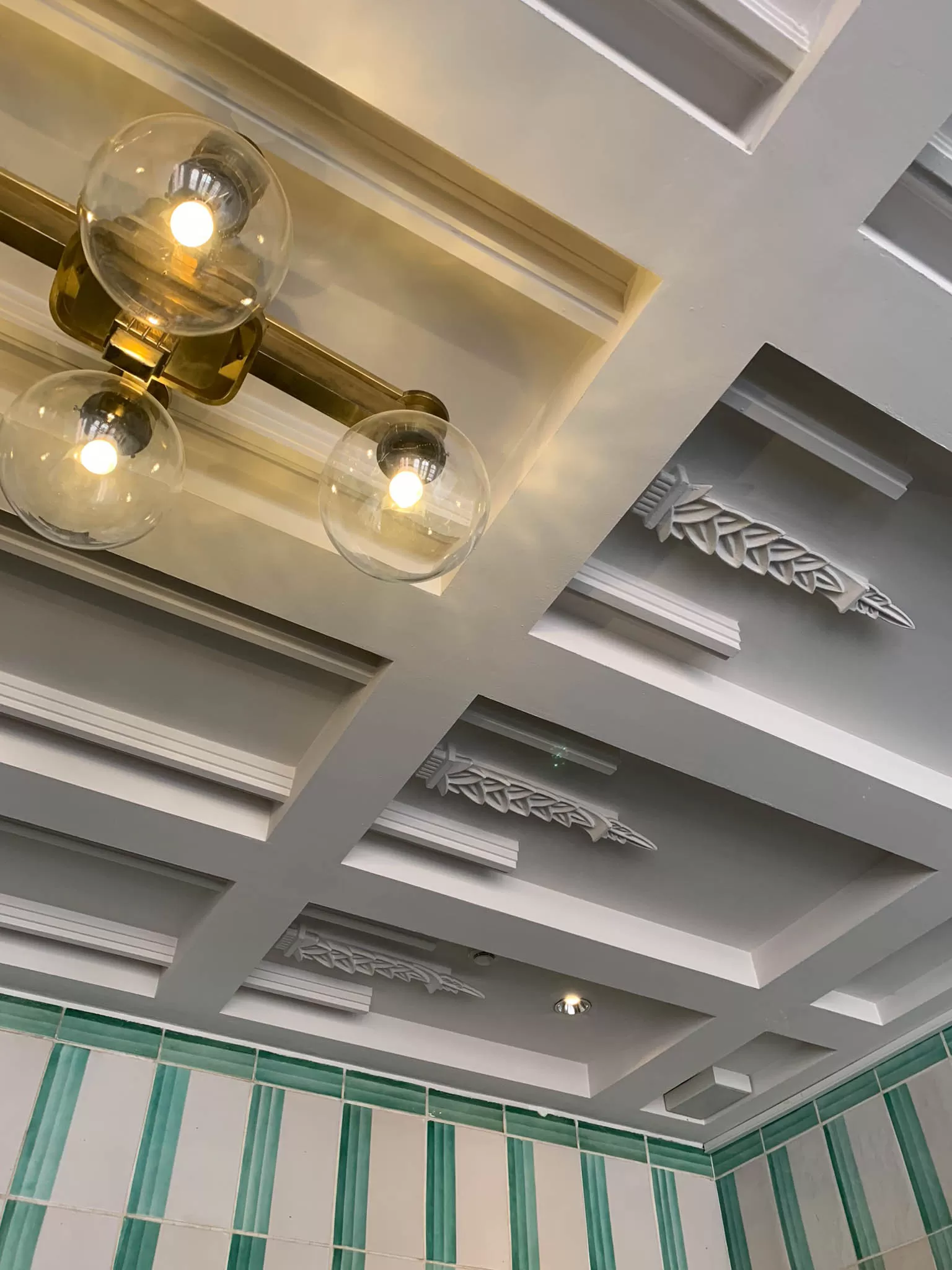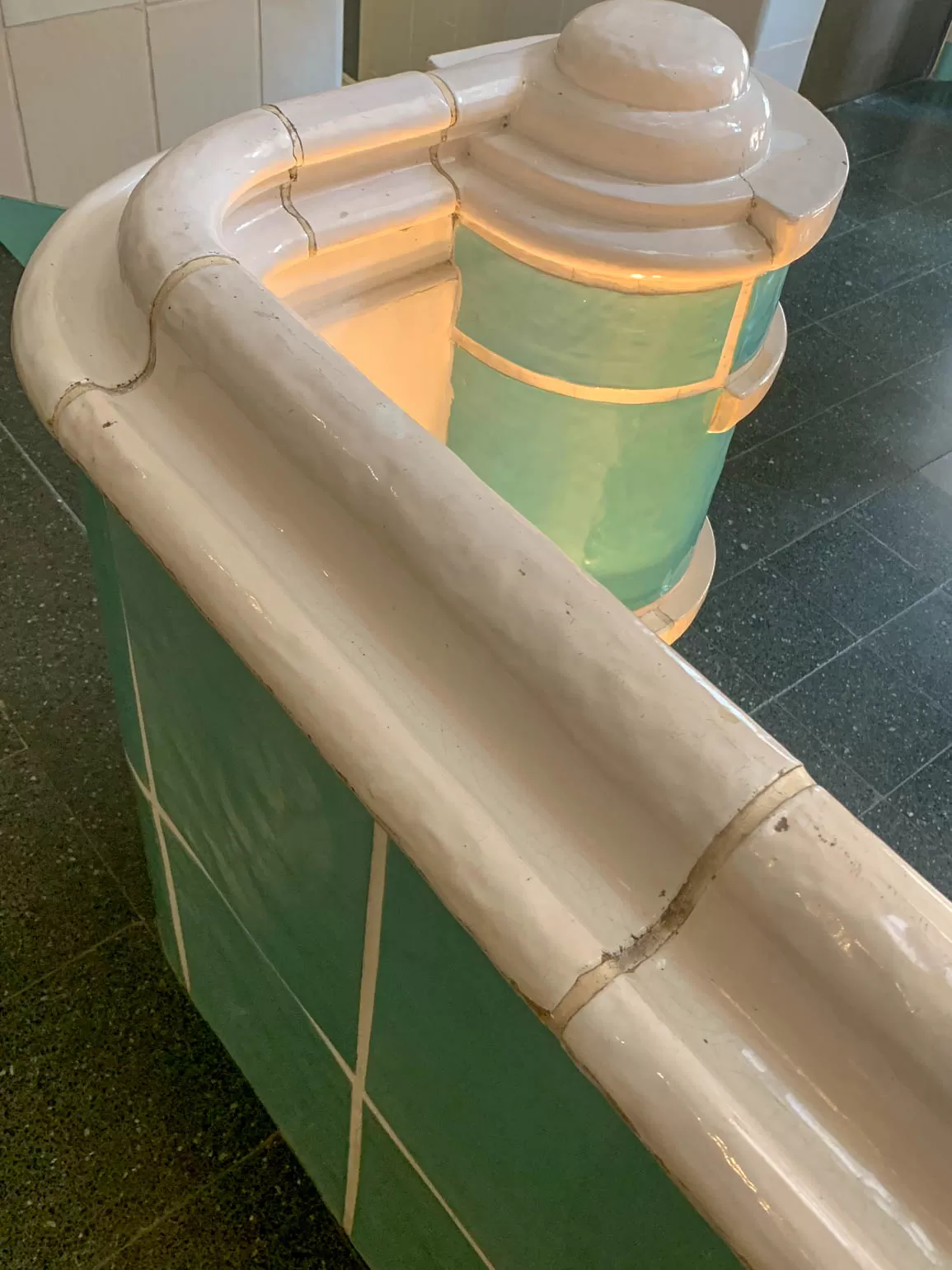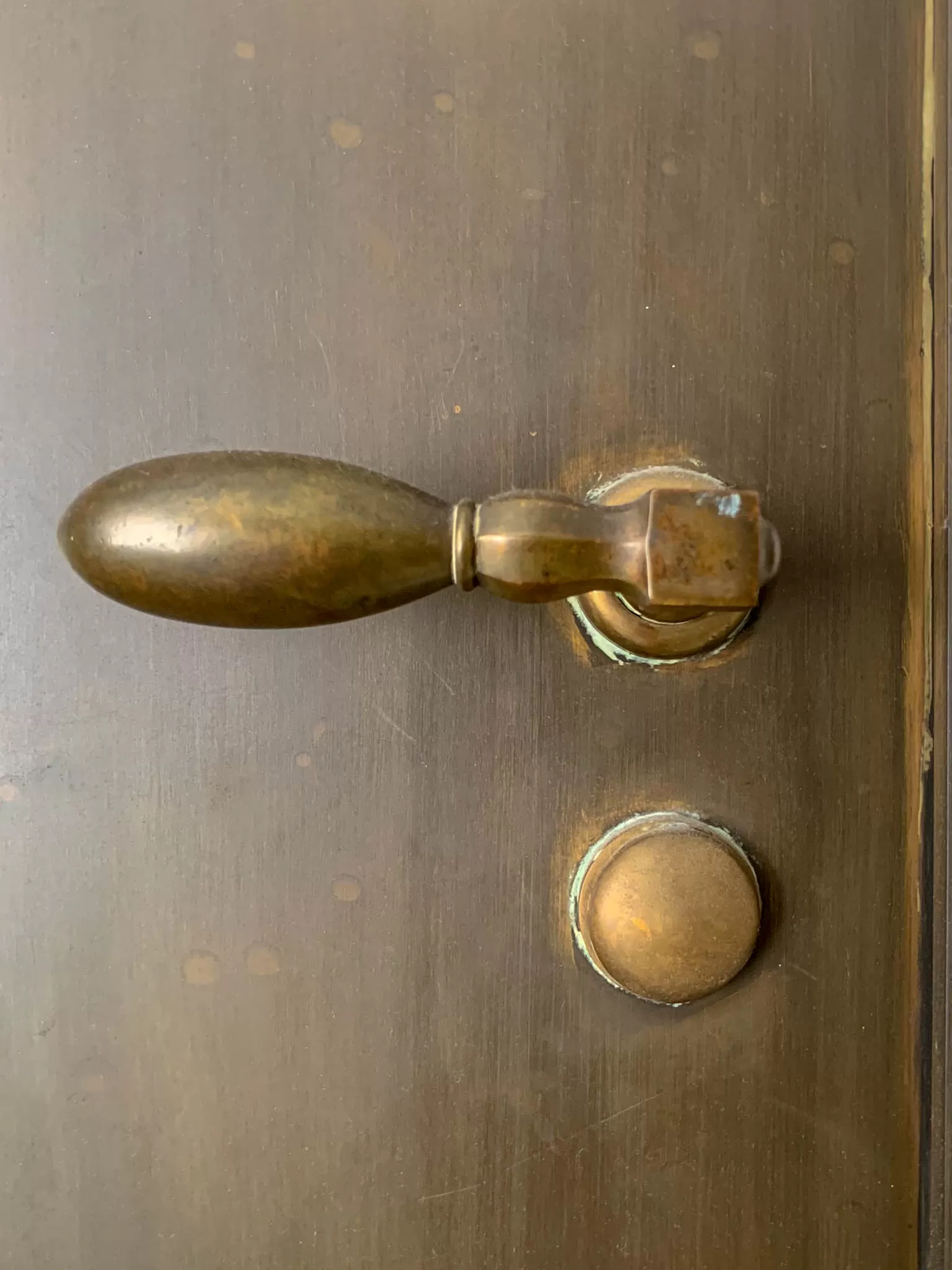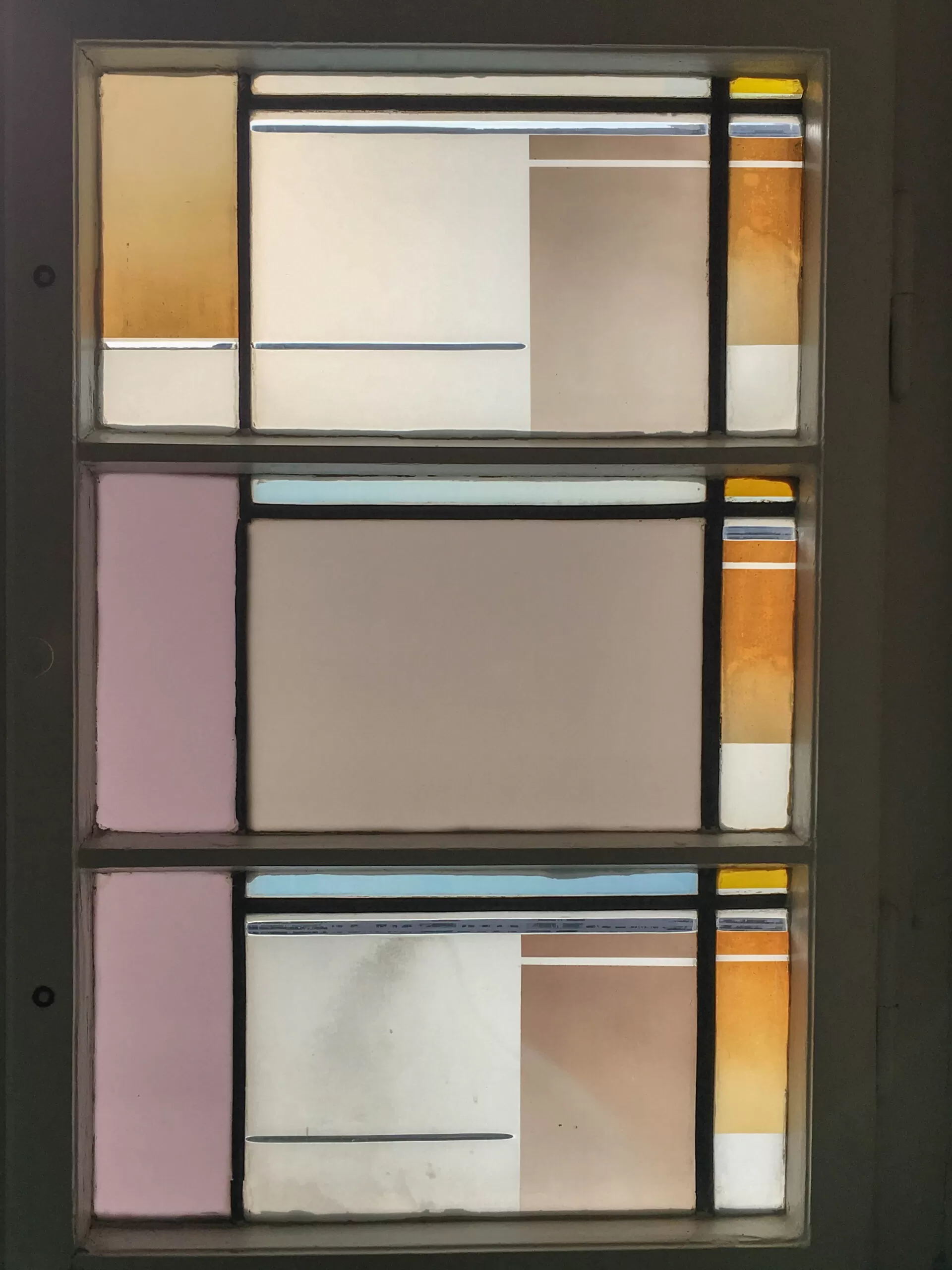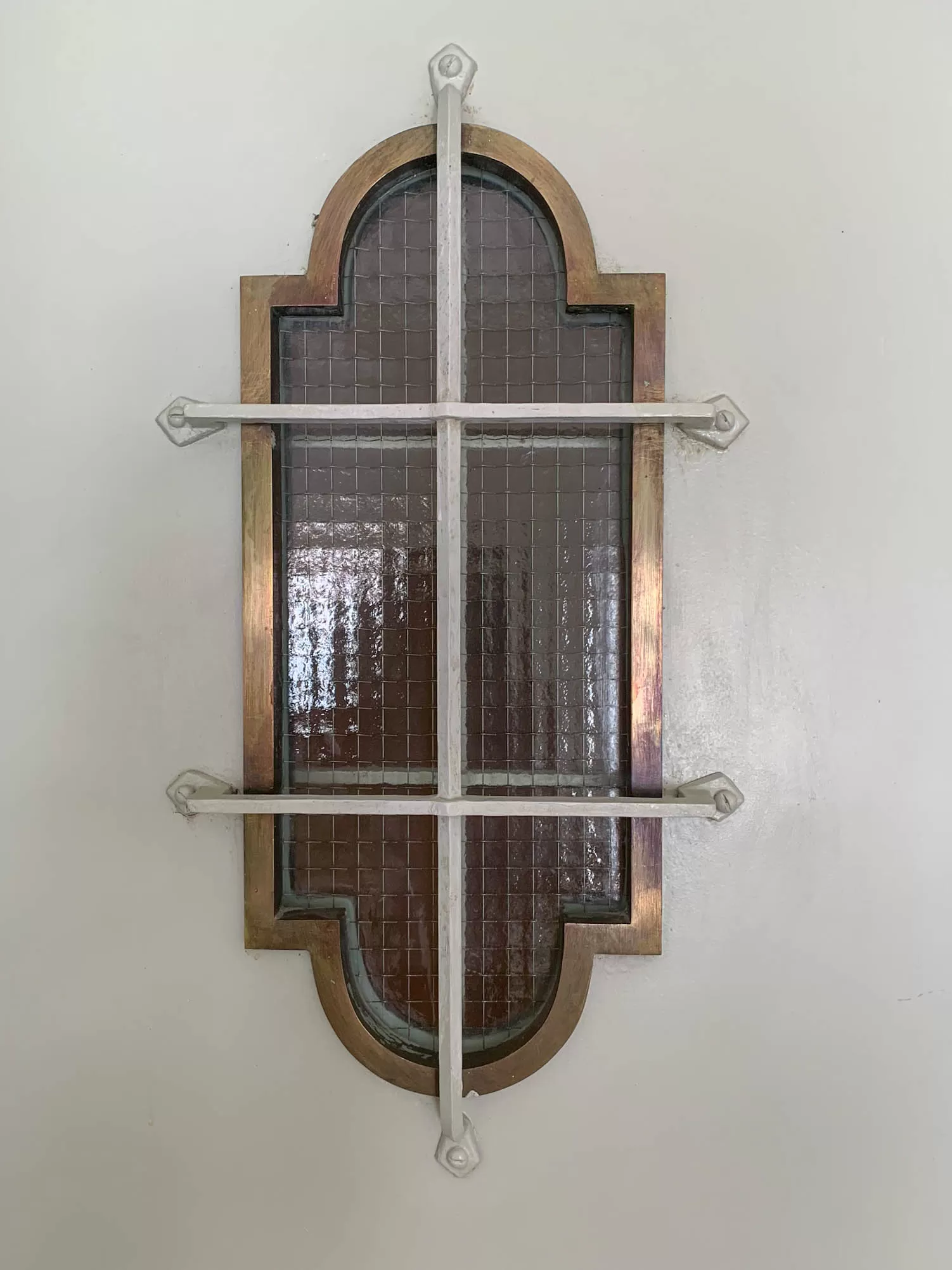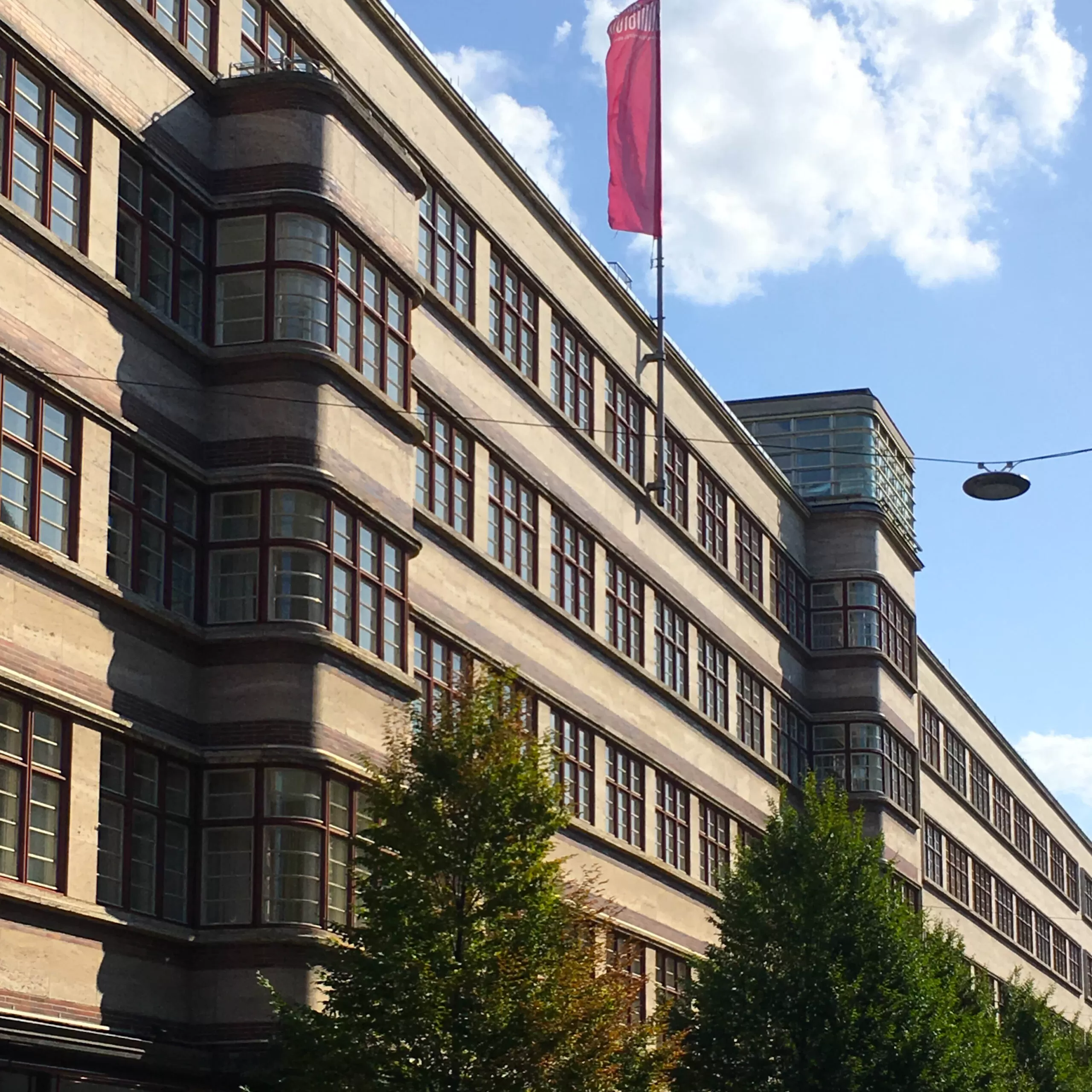
Femina-Palast, 1928-1931. Architects: Richard Bielenberg, Josef Moser
1928 – 1931
Architects: Richard Bielenberg, Josef Moser
Nürnberger Straße 50-56, Berlin, Germany
The listed Femina Palace in Berlin, Germany, was completed in the years 1928 to 1931 according to plans by architects Richard Bielenberg and Josef Moser.
Background
Originally named Haus Nürnberg, the listed office and commercial building was erected between 1928 and 1931 in Berlin-Schöneberg according to plans by Richard Bielenberg and Josef Moser.
On the upper floors were offices for the Federal Administration for Spirits.
Entertainment
The building became famous for its places of entertainment, of which the ballroom gave the establishment its overall name, Femina-Palast.
The elegant night club made Nürnberger Straße the first place to be in Berlin in the thirties.
The ballroom was located in a transverse building in the courtyard and was the only part to be destroyed during the Second World War.
Facades and Design
The façade is characterised by the natural stone travertine and the brass frames of the high shop windows.
The elongated four-storey building gets its special effect from the lines running horizontally around the rounded bay window corners.
The foyer with its high glass doors framed in brass is still largely preserved.
The walls and radiators are clad in cream-white ceramic tiles with delicate green lines.
In the stairways many details of the time have been preserved: brass railings, ceramic handrails, wall panelling and coloured windows.
Current Use
In the fifties, the Jazz Club Badewanne was located here and from 1978 to 1993 the night club Dschungel.
From 2007 to 2021 the building was used as a hotel. At the moment it is being converted into a commercial building.

